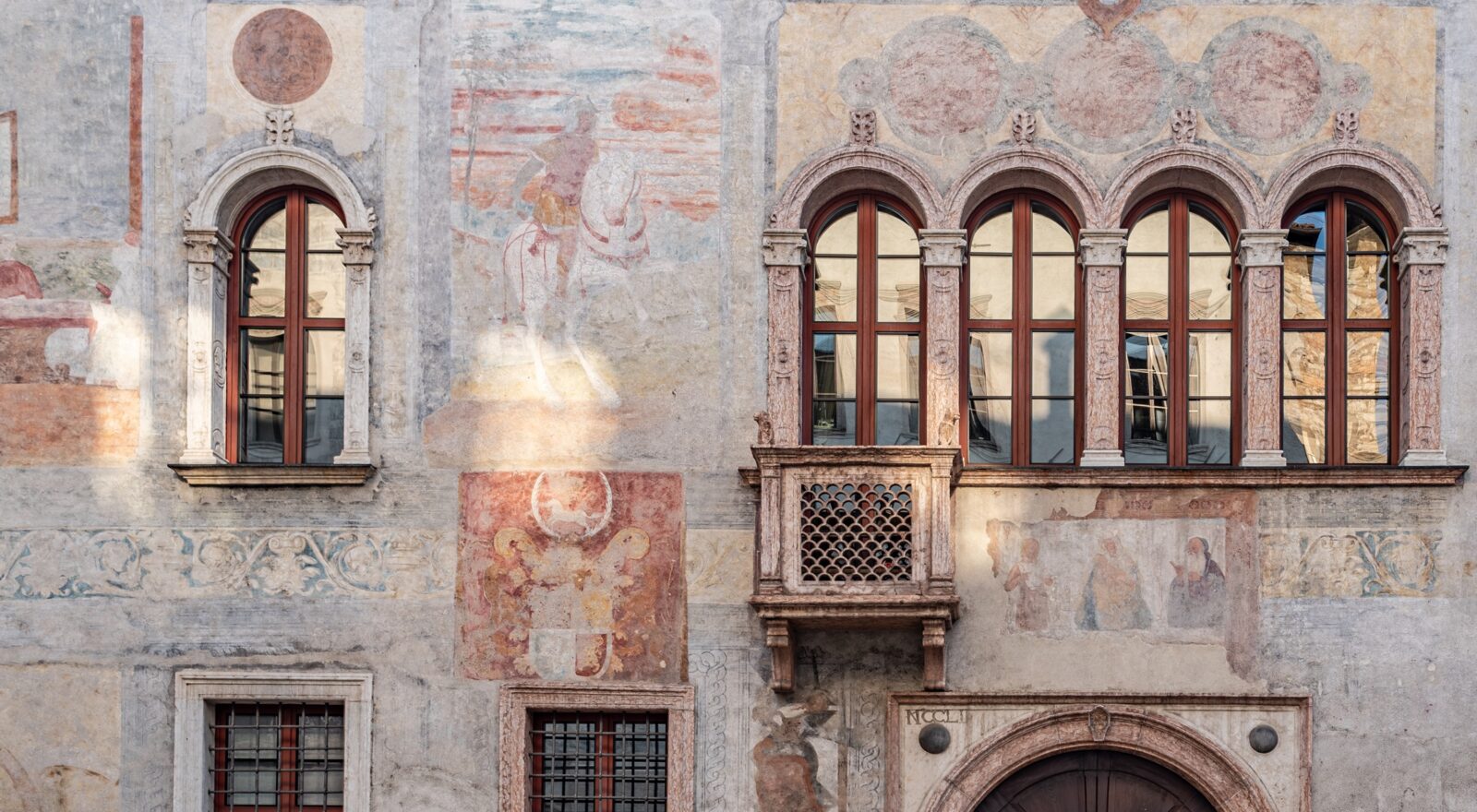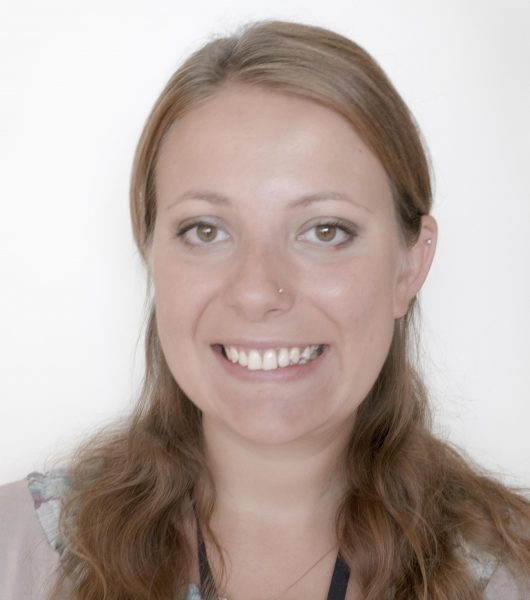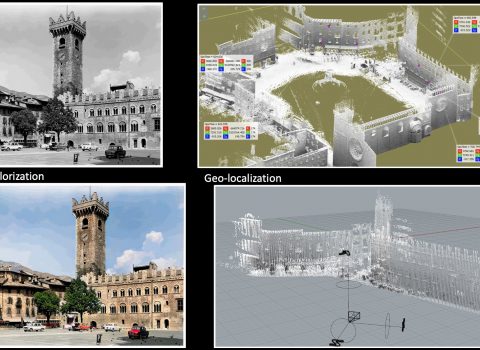
The indelible faintness of traces
A new joint FBK-ISIG and 3DOM project that reveals the face of the city of Trento from the profound changes that have affected it over the years and the effects these have had on the community.
Fondazione Bruno Kessler has recently increased the innovation weight of its research and initiatives. These include projects capable of studying the innovative impacts of new religions in Trento and their spatial dimension (TESEO project), the presence of migrants and religious life in the urban history of the city (PUblic REnaissance and Hidden Trento projects) as well as the characteristics of its expansion and consequent urban changes in the past 150 years through multi-temporal 3D reconstructions (Totem project).
Starting from this analysis, the CICATRICI (scars) project intends to foster reflection on the future of the city of Trentoby reconstructing tears and wounds that have occurred close to specific places as well as collective processing of these disruptions, or “traumas”, on which, however, the way the city thinks of itself and presents itself to the outside world still depends.
To this end, the project integrates historical, geographical and sociological research and experiments through the use of digital technologies (including in situ experience through Virtual Reality and Augmented Reality) and innovative solutions for participatory reflection on the urban, social and cultural evolution of Trento.
The goals of the project are ambitious and multifaceted, and – as researchers Elisa Mariarosaria Farella and Valeria Fabretti explain in the attached interviews – they leverage on the collaboration of several research centers, each dedicated to one or more specific features of the project. This collaboration involves the identification of places in the city that have caused alterations, wounds and “traumas” in the collective imaginaries; the reconstruction of the first reactions of the social and urban fabric to the selected places, and of the resources activated in the processing of these responses; the analysis of current challenges aimed at social cohesion and inclusion; the experimentation of the role of digital technologies in the reprocessing of their symbolic value; the link in the relationship between documented and popularized history and collective memory.
As we know, scars form where the deeper layers of the skin are involved. They are the physiological outcome of the healing process of damage and injury to the skin and can be of various types depending on the way in which scarring occurs. Specifically, the body reacts by triggering a process by which damaged tissue is replaced with fibrous tissue. Depending on the extent and depth of the injury, then, the scar will be more or less visible.
Applying this metaphor to the city of Trento, the characteristics of the project, and especially its ability to combine historical, geographical, geomatic, sociological and digital humanities sciences to study and reconstruct some places with high symbolic value for the city, easily emerge. The analysis of these traces not only determines a subtle but precise and faithful x-ray of what happened, but also projects forward the potential as well as the socio-cultural directions that the city of Trento is called to take. In this sense, the project therefore aims to unveil both wounds and regenerations, which have affected key aspects of Trento’s identity and are still central to the challenges facing the city today.




